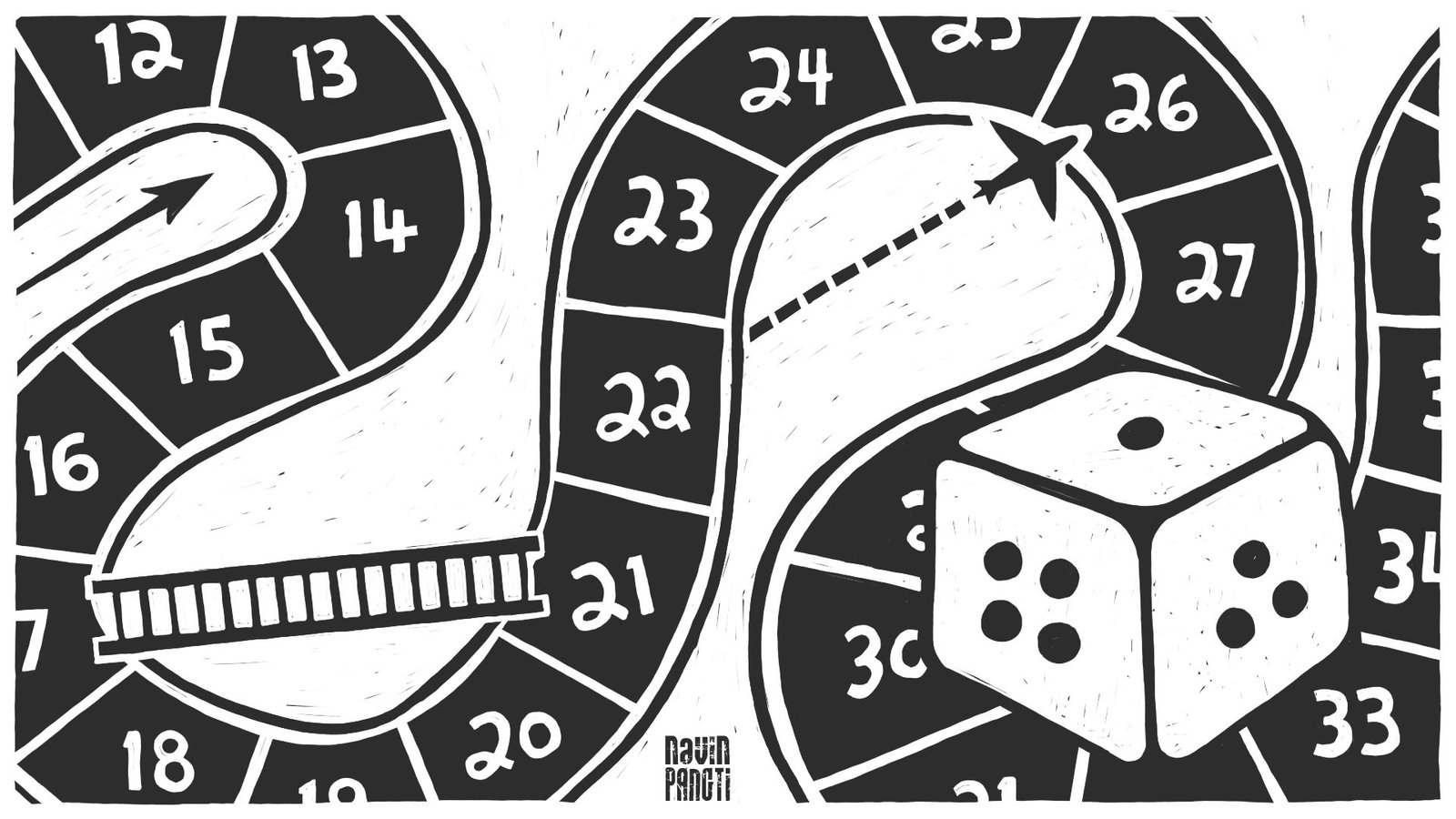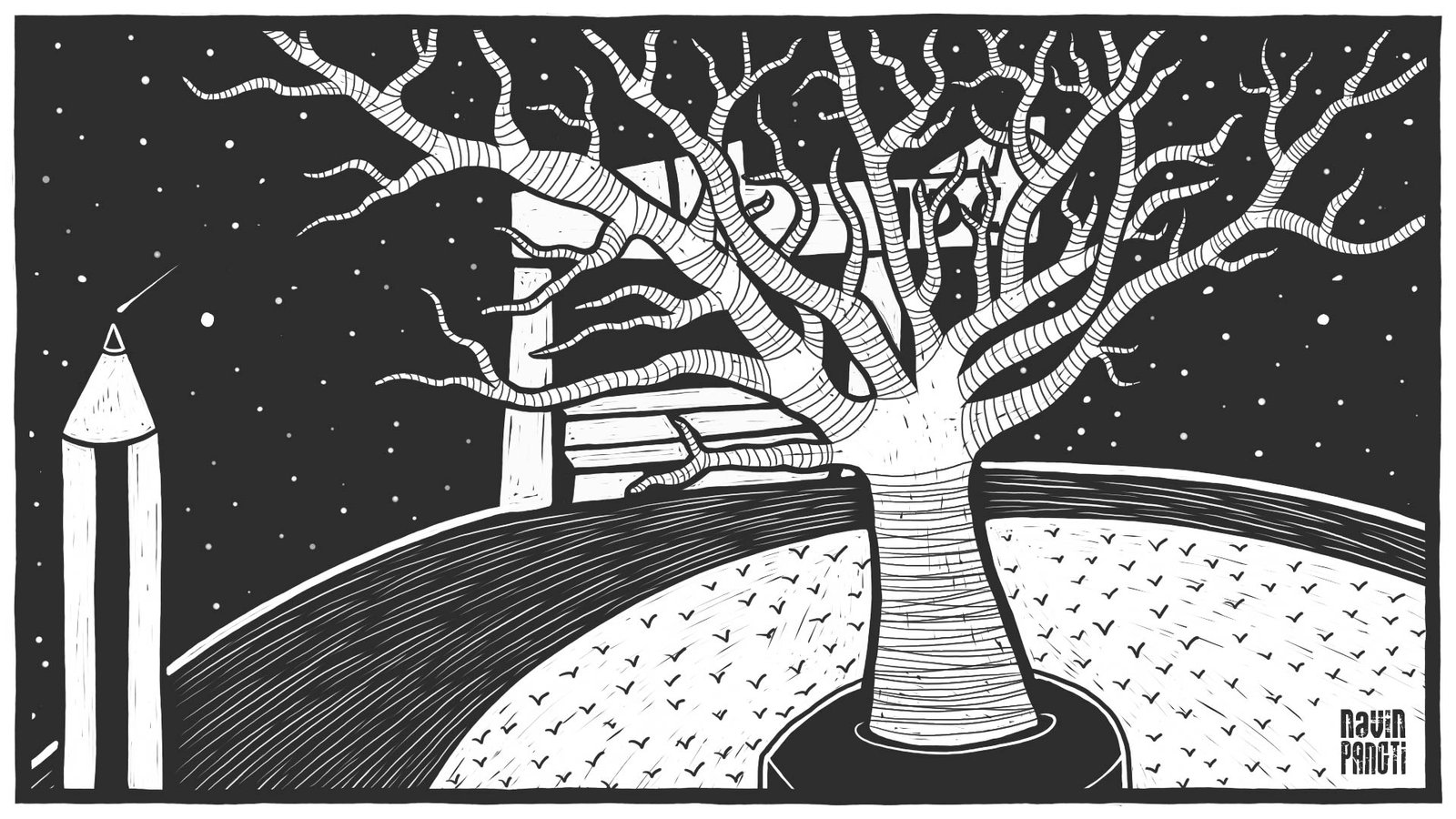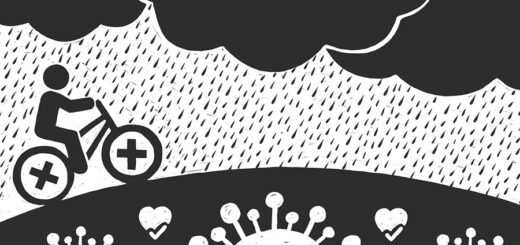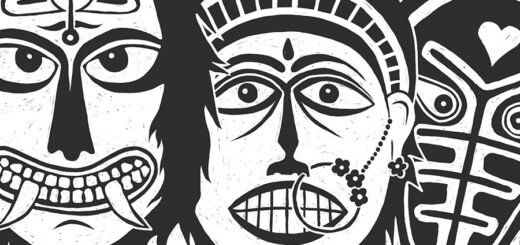Strange coincidences and design
People my age grew up in a world of limited choices. Career wise, the primary push was for an engineering or medical degree, and of course the armed forces. How I ended up as a designer is a story of strange coincidences.
The desire to tell this story was triggered by the news that IIT Kanpur finally started a Department of Design. The institute did run interdisciplinary design programmes for many years but institution of a formal department was long overdue. I used to wonder why IIT Kanpur never started a design department when it had people championing the cause of design in early 1990s. In fact my first brush with design was at IIT Kanpur. How I landed up there is an interesting story and to narrate it, I will have to take you back in time.

As a young boy I had the three regular career choices, like everyone else. Physically, I was not designed for the forces so I was left with medicine and engineering. I loved biology but scored more in mathematics so engineering became the obvious choice. I could not manage to get into the IITs but did get a call letter from Delhi College of Engineering and qualified the regional engineering entrance exams of Uttar Pradesh. As a small town boy, the idea of living in Delhi felt scary. I wanted to join Pantnagar Engineering College because of familiarity and proximity of the place but a last minute letter from a friend’s brother forced me to consider a regional engineering college, especially Allahabad. His contention was that studying in a regional engineering college hones English conversational skill which directly impacts the career prospects. I opted for mechanical engineering because I did not find electrical or civil engineering fascinating. There were other engineering streams as well but my choices were limited to these three due to civil services exams though I never appeared for the civil services exams. That ‘why’ is an interesting story that I will share some other time.
I disliked engineering almost from the day one. I thought I would be designing machines but was forced to sleep with calculus, something that I despised. To my horror, almost every other subject finally converged into some or the other calculations requiring differentiation and integration. After failing in Maths 2 (2nd semester mathematics) I was almost on the verge of leaving college. But somehow I managed to stay on.
It was third year of college. We were appearing for the engineering drawing exam. Most of my friends disliked engineering drawing but for me it was a saving grace. I was good at it and damn fast as well. I finished the paper in an hour (1/3rd of the allotted time) and went out of the hall. The invigilator, Prof Rao, was sitting in the balcony. He was a young faculty member who had recently completed his PhD from IIT Kanpur was teaching at MNREC (now MNNIT) on a temporary basis. I handed over the answer sheet to him and was about to walk away when he stopped me. He scanned my answer sheet and, with a surprised look on this face, asked, “So, what do you plan to do after college?”
“Don’t know! Maybe I will get into research. I think I would love designing machines.” I said.
“How is your mathematics?” he asked.
“It’s pretty sad. I am yet to clear my Maths 2.”
“Hmm… But engineering design is largely maths! At the end of the day it’s all about calculations.”
Now that was news for me. I had one possible dream and Prof Rao shot it dead. Not willing to lose so easily, I stammered and explained that I do not want to calculate the strength of material but conceptualize how products work and systems function.
“So you are interested in Industrial design?” he asked.
I had no clue what industrial design was. He could read the lost expression on my face hence started to explain. I felt as if he was telling me a story I desired to listen. It sounded like a story of what I wanted to do. Suddenly I was getting excited about future. He told me about the master’s program in design at IIT Bombay and suggested that I go to IIT Kanpur and meet Prof Mitra and Dr Prashant to know more about design.
As soon as the exams got over, me and my friend Amit went to IIT Kanpur and landed up, unannounced, in the chamber of Prof Mitra. I still wonder what a post graduate in fine arts was doing at IIT Kanpur. Prof Mitra spent a lot of time with us and explained what Industrial design was all about. He shared the curriculum of the design programme at IIT Bombay. He also told us about the visual communication course. For me, that too sounded like a good prospect as I was always into visual things.
Prof Mitra then led us up to Dr Prashant. Dr Prashant was a professor of ergonomics, if I am not mistaken. He was as friendly and enthusiastic as Prof Mitra. He took us to his lab and showed various things that he had made. He used to roam around in the campus in an aerodynamic cycle which he had made himself. He had made a rickshaw which, when stopped, stored all the momentum on a coil so that the recoil could facilitate effortless restart. His room was full of many such inspiring stuff. Coming out of that room, all that I wanted to do was my masters in industrial design. Prof Mitra had showed us the sample papers of the entrance exams (CEED) and it looked pretty manageable. In fact it was the first exam paper I loved reading.
The actual CEED examination was even more amazing. The questions were so damn amazing. Can you think of a question paper which asks you – If all the sand in the desert was diamond then what would be the oasis in such a desert? Or, draw the hand that is drawing your hand. I scored well in CEED but could not manage to clear my Maths 2. Thankfully CEED scores were applicable for two years so I still had a chance. The question that bothered me was – How to spend the next one year? I was not keen to join an engineering firm.
I was into lot of reading. Various non-fiction stuff as well. That is how I came across an interesting quote which read – Advertising is the most fun you can have with your clothes on! That was a tall claim and I fell for it. I wanted to have fun but did not know how. So I dug out the addresses of leading advertising agencies in Delhi and wrote letters to their creative directors, sharing my desire to work as a visualizer. I wrote many letters and got two replies. Both of them stated that I misunderstood the term visualizer. ‘Visualize’ is something that the art graduates do. As I intend to come up with ad concepts, I should aim to become a copywriter. The term copywriter sounded so lame but I had no choice.
I made a catchy resume, which I later realized was not so catchy after all, and went to the offices of almost every agency in Delhi. Most of the folks told me that English graduates become copywriters but engineers do stand a chance. And those who got the chance ended up doing well. People those days were very helpful. Every person I met pointed me towards two or three other people I should meet. The search ended as an intern in a small agency. I was told to come every Saturday for a month and if I deliver results I would be absorbed. Thankfully I was able to deliver and became a junior copywriter.
It was while copywriting that I realized that I wanted to do the layouts as well but the art department would not let me venture near the studios. They guarded their fort with all their might. But the more they guarded, more intrigued I got about the trade. It was fascinating to see how an idea transforms into reality. I realized that masters in visual communication could also be a good choice for me. Hence, when I applied for the programme, I opted for both the streams though industrial design was still high on my charts.

I vividly remember the day I was at IIT Bombay for the final round of exam and interview. I was shocked to find 250 students shortlisted for 25 seats. When I saw some of the portfolios, I was literally ashamed of the stuff I had got. During the interview, a senior faculty member insisted that I should opt for the visual communication programme at the Industrial Design Centre. His view was that my work, aptitude, attitude and experience suited the stream. Due to my advertising experience I was OK with that option. I knew that after my masters I could rejoin an agency in a much senior position to have lots of fun with my clothes on. But pretty soon, the same professor who had nudged me towards visual communication broke that dream as well. He asked us not to waste our creative energies in persuasive graphics. He convinced us to do much more with our skills than foster consumerism. He pushed us towards seeking clarity and finding purpose. He demonstrated that design is much beyond the realm of text, visuals and sound. Many of us fell for it and our world was never the same again. What a coincidence!














